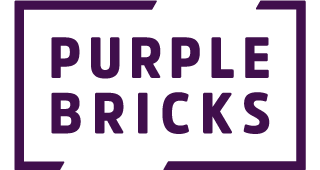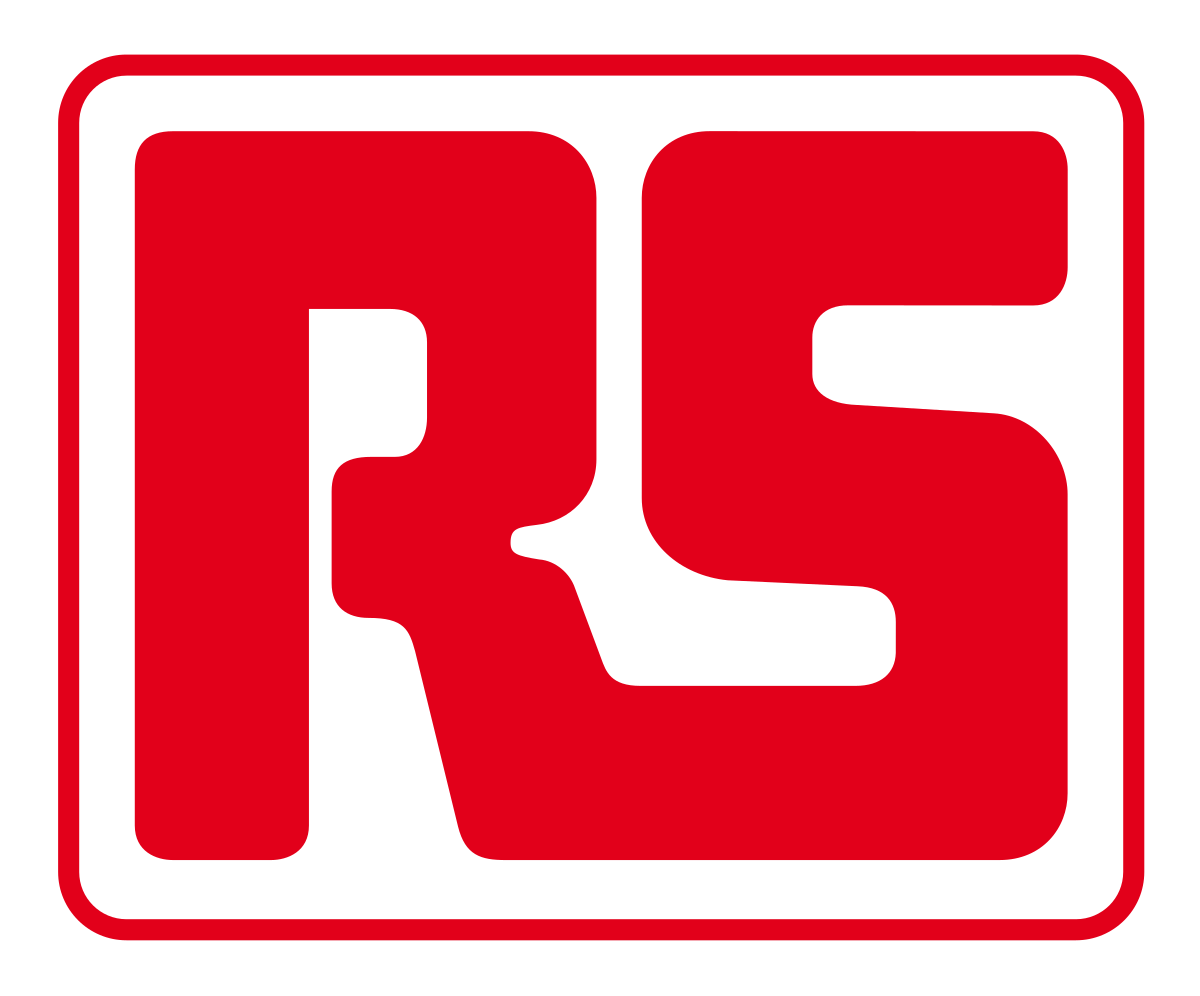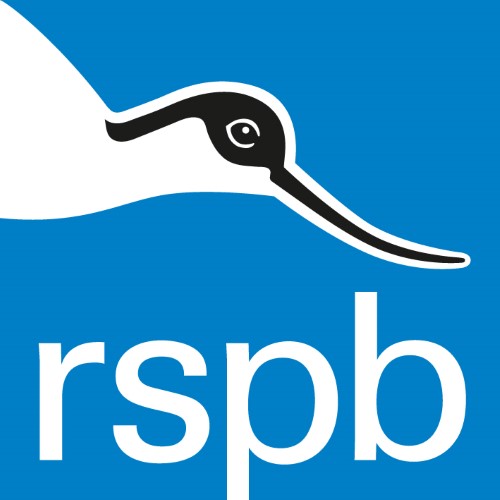Following on from my video last week, I thought I’d expand on the subject of Procurement Strategy in this blog.
It sets out, in a logical format, the past, present and future landscape of your procurement function and how it supports the wider business strategy. That is it! In the words of the immortal genius Baldrick, “I have a cunning plan” (thank you Neil). But what more can we say about it that may help future procurement owners develop their own strategies?
What information should it include?
Breaking it down into the three distinct tenses, a procurement strategy could include:
• Past: results over previous years; any key metrics that add flavour to current and future objectives, e.g. supplier numbers, average payment terms, spend under procurement management; team size/spend/makeup
• Present: categories (and sub-categories) of suppliers supplier base; spend, spend under management; known supply chain risks; large scale/long term third party commitments; in year departmental or individual objectives; team size, capability, cost/budget;
• Future (perhaps profiled over 1, 3 and/or 5 year periods): Future business objectives; financial targets, cost savings and/or investment portfolio (note this may be at odds with the business objectives!); target objectives (e.g. savings, supplier rationalisation, working capital improvements); known strategic programs (and how procurement will support); anticipated changes in the market; anticipated legislative changes (think back to GDPR coming onto our radars in 2016).
The development of the Future strategy (the cunning plan) will only be improved by consultation with other areas of the business such as Finance, Operations, Legal, InfoSec, IT/Technology, the C Suite etc. Their insight into the direction of the business and other outside forces that will affect what it does and how it operates will shape and inform your procurement strategy.
Give some thought to what tools or skills you may need to support the 1, 3 and/or 5 year procurement strategy. Access to technology such as P2P systems, e-sourcing platforms, legal & contract drafting tools etc. Does the team size or alignment to categories/business functions need adjusting? Is any upskilling or training required to support the business objectives? All of these may have an effect on the future budget required for the procurement department/function.
Why do I need one?
Improve yours (and your teams) understanding. In the research, development and documentation of your strategy it will help you heighten your knowledge and awareness of the procurement landscape in which you operate.
It becomes a useful tool to present to others within your business and further afield (such as your suppliers), to aide their understanding of the role of procurement within your business.
A well formed and simple strategy can enable a procurement professional or function to be on the front foot and proactive, as opposed to being on the back foot and reactive. This puts procurement at the forefront of wider business planning and initiatives.
What form should it take?
A table, slides, spreadsheet, infographic, document, cigarette packet. The format you choose should align to how you operate today and the preferred tools within your function and wider business. Trying to crowbar it into a format that you’re not familiar with will complicate you and your audience, which ultimately will undermine the value that it can bring.
Who are the audience?
Its probably best to assume a wider audience than a narrow one. Keep it simple so that it can traverse multiple disciplines and appeal to a variety of functions. As a minimum you could assume an audience of finance, the C Suite, operations, suppliers, legal.
How do I maintain it?
If the strategy is kept simple it should be easy to maintain. It should be an ongoing and evolving tool rather than a static document. Updating it with results as you achieve them, MI as it is published, and changes to objectives or plans as they evolve could be an ongoing exercise. Keeping it current on a regular basis should take less effort than large scale overhauls at less frequent intervals. At the other end of the spectrum, I recommend a Procurement Strategy should be refreshed as a minimum once a year. Results and spend data will become obsolete if updated less frequently rendering the information less relevant and of use.
Why not get in touch to see how we can help your organisation? Or to keep up to date with our latest blogs, please follow us on LinkedIn.









